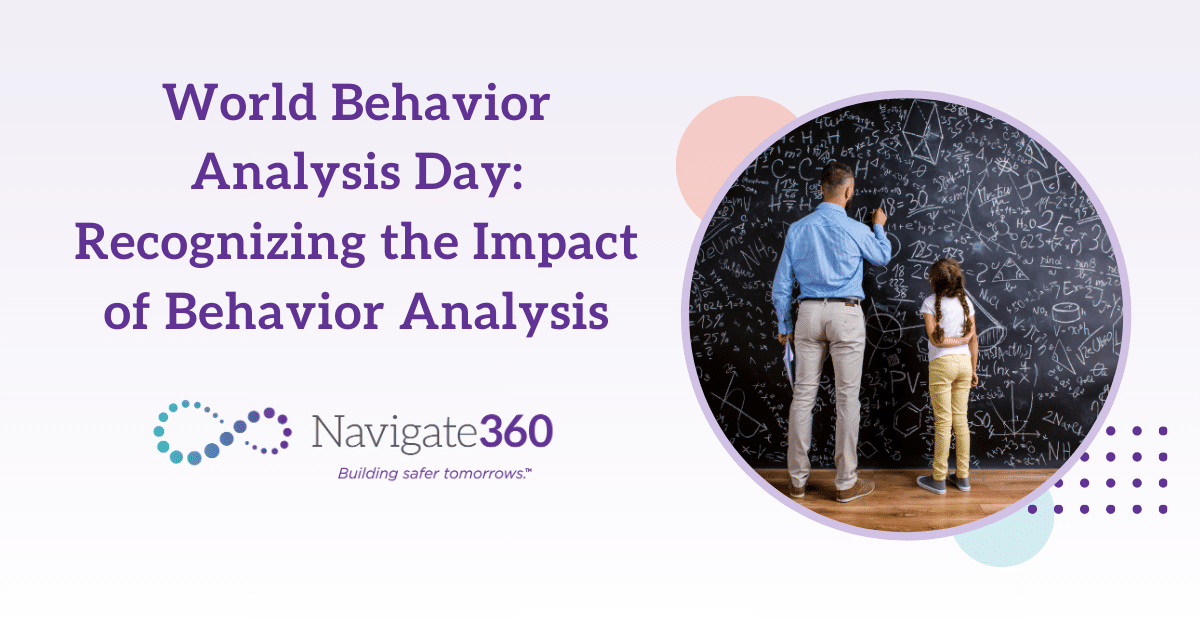We get a lot of questions from educators across the country about how their school or district can address the significant rise in challenging student behaviors using social-emotional learning (SEL) and behavioral intervention practices. Here, we’ve compiled a list of ideas and best practices to consider when looking to create positive climates that support students through holistic, well-rounded SEL programs and other tactics — from their classrooms to their homes.
SEL Ideas for Administrators, Educators, and Staff
- Facilitate honest and supportive conversations among staff
- Show appreciation with a treat or small gift
- Examine and update school counselor curriculum and job descriptions
- Implement mental health services for all staff
- Train staff on trauma-informed care
- Begin faculty meetings with information on SEL topics like mindfulness, empathy, and burnout
- Include crisis numbers on the back of all student and staff ID cards
- Incorporate SEL on the district’s multi-tiered system of supports (MTSS)
- Apply for mental health grants to increase funding for district-wide SEL and mental health resources
- Partner with a local behavioral health organization to provide long-term counseling for students
- Use school communication channels like bulletin boards and TV monitors to provide helpful SEL resources
- Form an SEL committee with educators from each grade and ability level represented
- Develop a suicide awareness program
- Implement a kindness initiative, rewarding students for kind acts
- Rotate a school counselor throughout each homeroom to provide an SEL lesson
- Create a transition program for kids returning from hospitalization or other long-term absences
- Have a virtual SEL curriculum for students out of school for an extended period of time
SEL Ideas for Classrooms
- Use storytelling and community circles to build relationships
- Create “cozy” or “calm down” corners in each classroom
- Hold a dedicated check-in and reflect circle time
- Conduct weekly mindfulness lessons
- Use a mood meter to help kids identify feelings
- Conduct regular mental health check-ins
- Add a box with fidget toys to keep the students’ body active and mind open to communication and comprehension
- Schedule movement breaks for students throughout the day
SEL Ideas for Behavioral Intervention
- Focus on restorative practices over punitive measures to respond to challenging behavior
- Create a “redirection” room that focuses on reflection and SEL rather than punishment
- Develop a mentor program with at-risk students and teacher volunteers
SEL Ideas for Parents/Guardians
- Host bi-monthly parent workshops based on their needs
- Conduct parent discussions about various topics such as self-care, co-regulating at home, and school advocacy
Helpful On-Site Resources for SEL
- School Counselor
- Behavior Support Technician
- Parent Involvement Specialist
- Mental Health Coordinator
- SEL Coordinator
Contact us today to learn how Navigate360 Social-Emotional Learning can help your school improve student behavior, foster mental health and create a more positive school climate.




